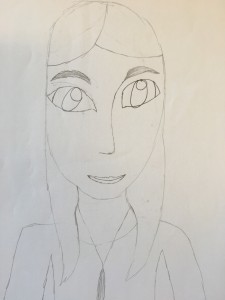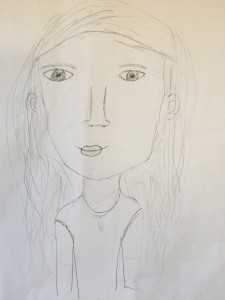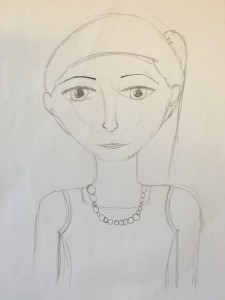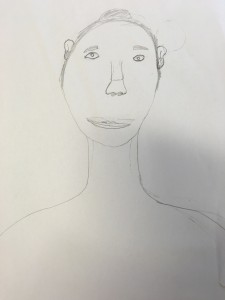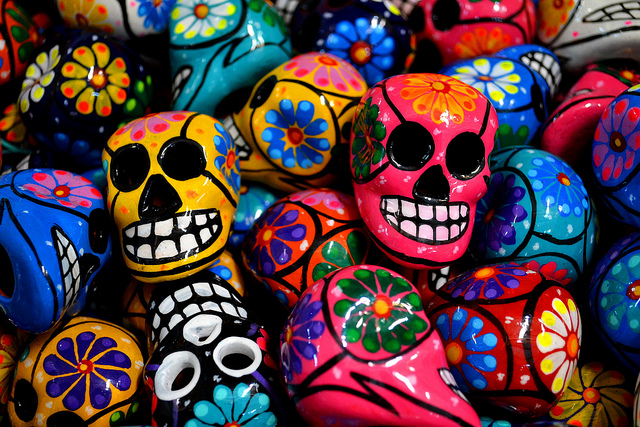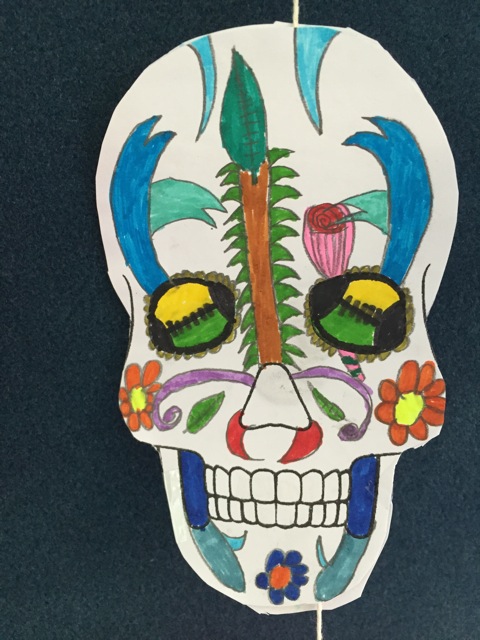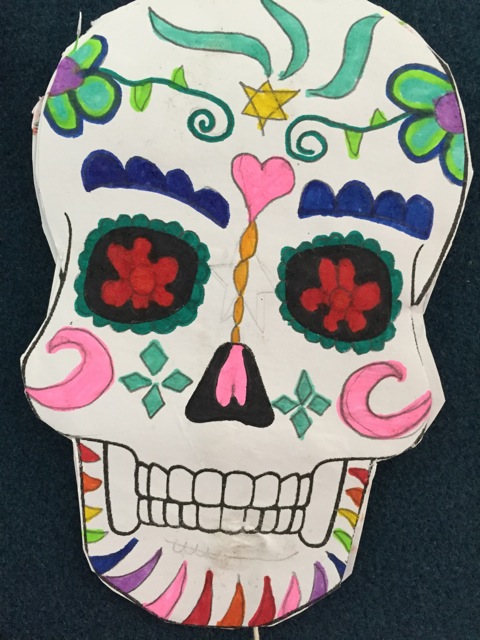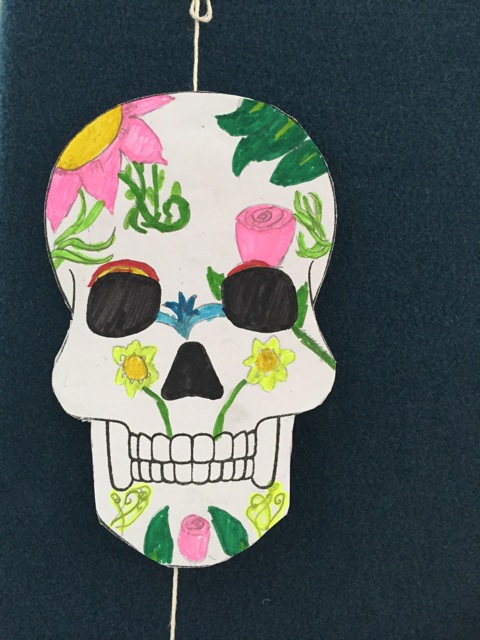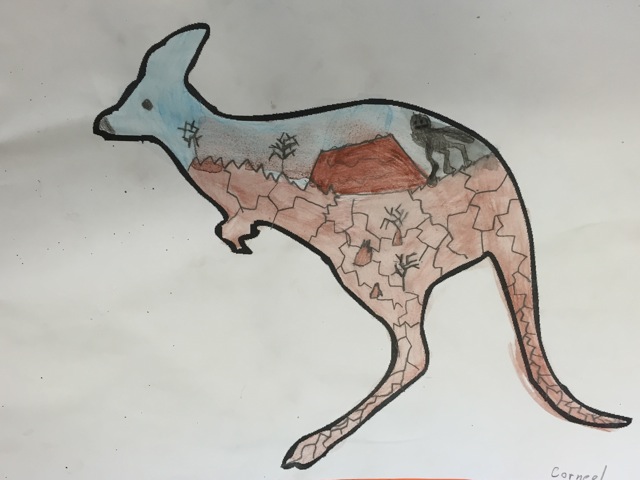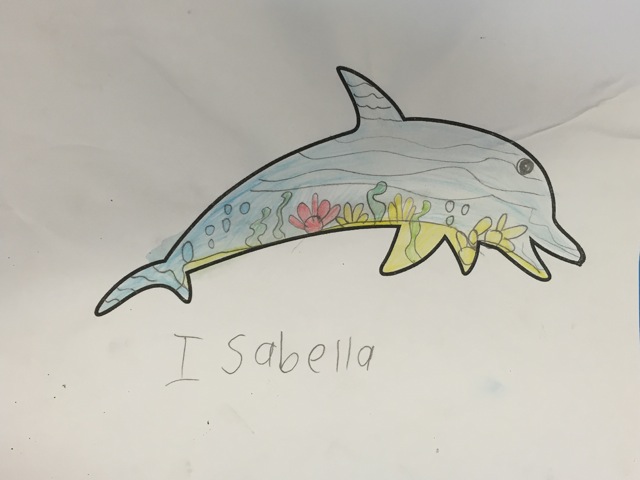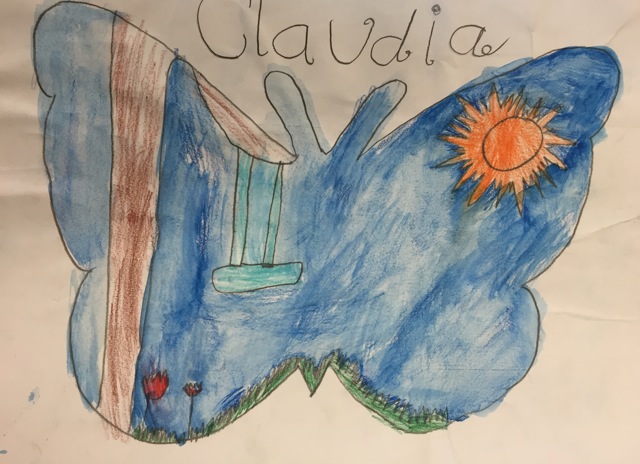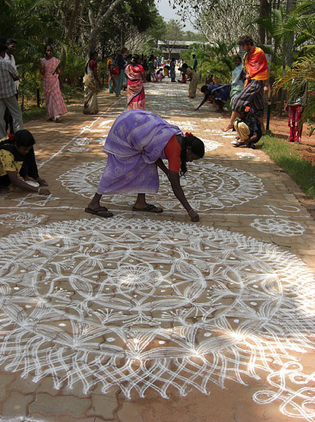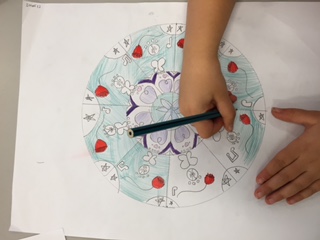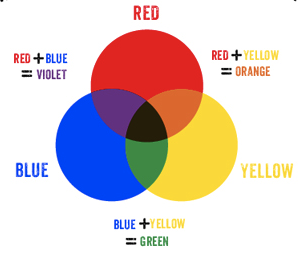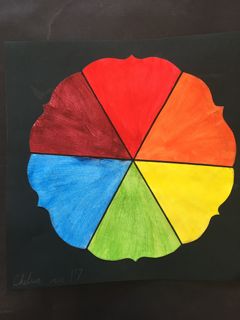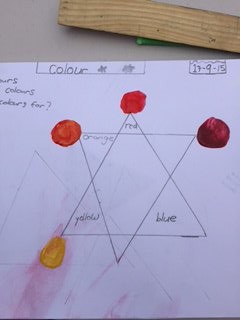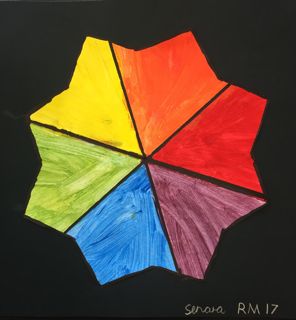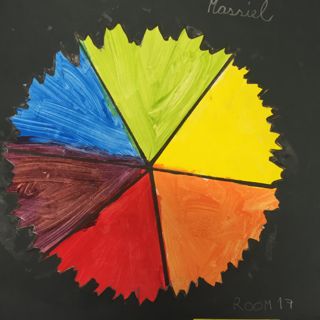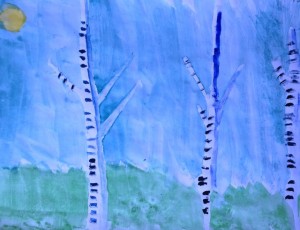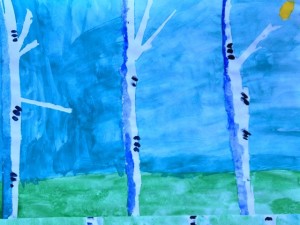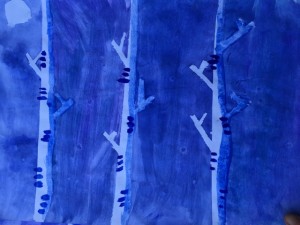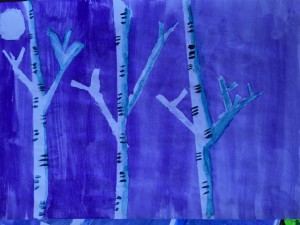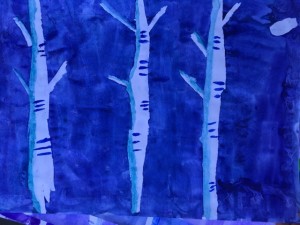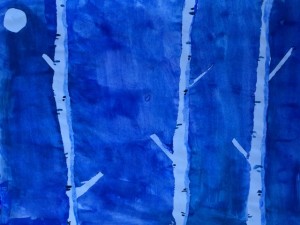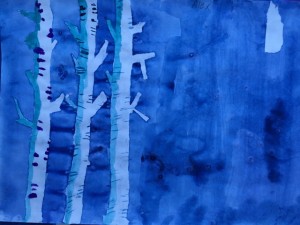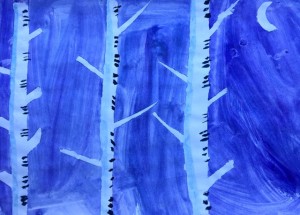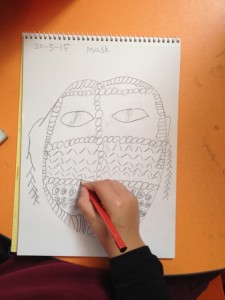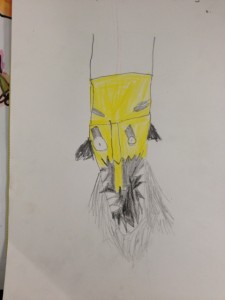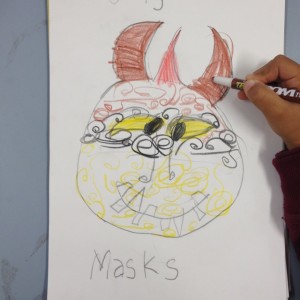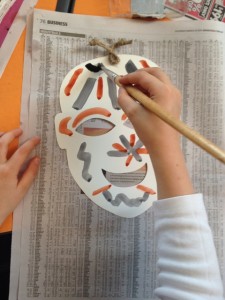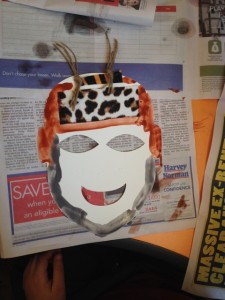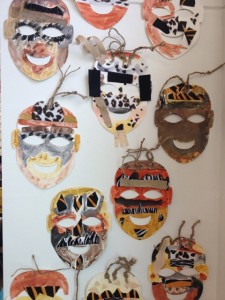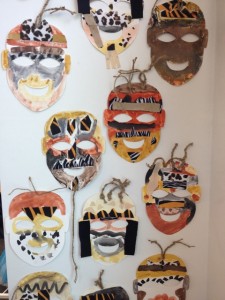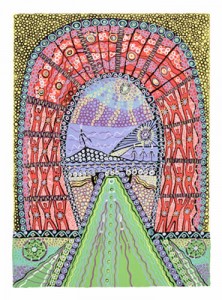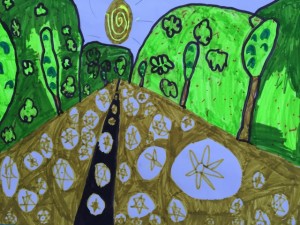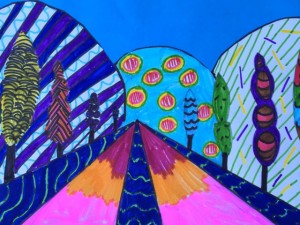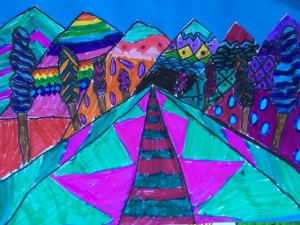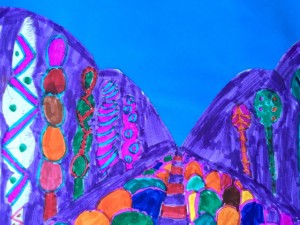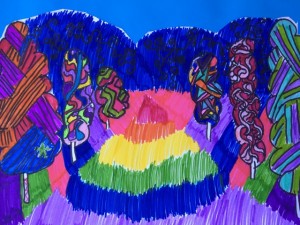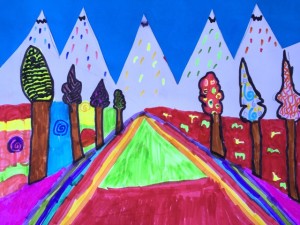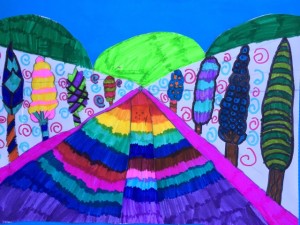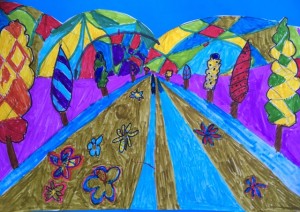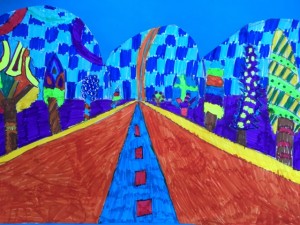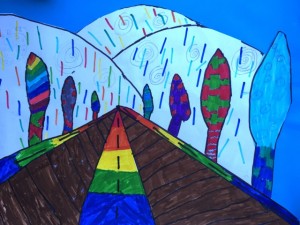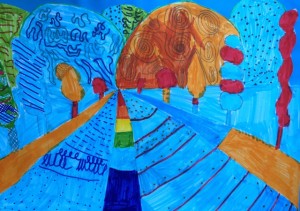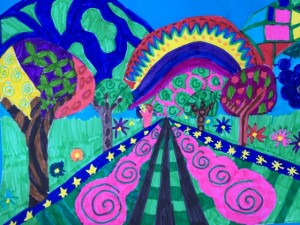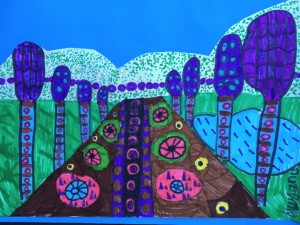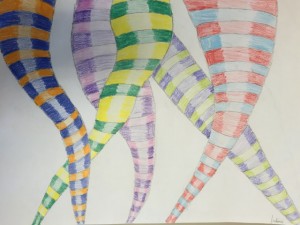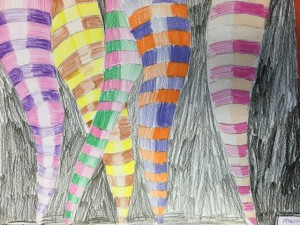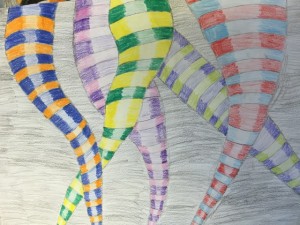 Welcome back everyone! I am so excited to start the year off in our new Art Studio! We are in Room 29 in the Year 4 block and are well underway with decorating and setting it up like a real creative learning environment. We are already into our second week and it’s great to see such positive learners, eager to try new ideas and experiment with new materials and techniques. This year there will be a big focus on Art Literacy where we will learn to talk about art and artists like professionals! This will be a journey of discovery through history, techniques, mediums and subject matter and we will get to know how people study and describe Art. Through exploration and guidance, we will try many different techniques using a variety of mediums. We will be trying our hand at print making, weaving, dyeing, sewing, drawing, painting and sculpture to name a few. I also hope to involve the students in the planning, designing and making of outdoor art for the school grounds. Let’s get busy. Let’s get CREATIVE!!!
Welcome back everyone! I am so excited to start the year off in our new Art Studio! We are in Room 29 in the Year 4 block and are well underway with decorating and setting it up like a real creative learning environment. We are already into our second week and it’s great to see such positive learners, eager to try new ideas and experiment with new materials and techniques. This year there will be a big focus on Art Literacy where we will learn to talk about art and artists like professionals! This will be a journey of discovery through history, techniques, mediums and subject matter and we will get to know how people study and describe Art. Through exploration and guidance, we will try many different techniques using a variety of mediums. We will be trying our hand at print making, weaving, dyeing, sewing, drawing, painting and sculpture to name a few. I also hope to involve the students in the planning, designing and making of outdoor art for the school grounds. Let’s get busy. Let’s get CREATIVE!!!




